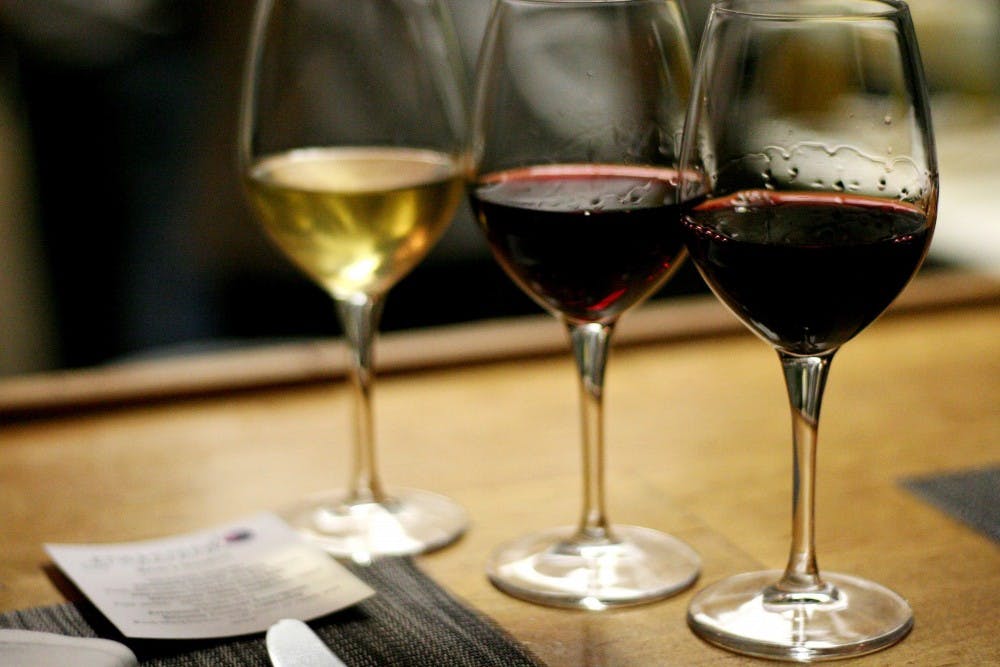
Some of the country’s top selling wines have up to four and five times the maximum amount the Environmental Protection Agency (EPA) allows for drinking water.
Credit: Courtesy of Jing/Creative CommonsPenn students might want to opt for bottled wine over Franzia this weekend, following the high levels of arsenic discovered in the popular drink.
According to a CBS News article, a lawsuit is being filed in California accusing some of the country’s top selling wines of having up to five times the maximum amount of arsenic allowed by the Environmental Protection Agency for drinking water.
As more speculation emerges in the media around the arsenic report, Penn students are asking themselves if consumption is safe — Are the days of BYOing Banana Leaf with several boxes of wine over?
“As gross as it [the arsenic] is, will it really stop me from drinking it at a BYO once in a while?” Madeline, a Wharton sophomore who did not want to use her last name, said. “Probably not.”
A recent Forbes article suggests that worrying over the report is not necessary. The lawsuit compares levels of arsenic in wine to the legal arsenic limit in water, which is based on the average person’s consumption of 2 liters of water a day.
A person would have to drink about 2 liters of Franzia a day for it to be harmful, and at that point, the potential liver damage would be a more pressing issue than the toxin, the Forbes article said.
The wines tested in the study included Franzia White Grenache and Trader Joe’s White Zinfandel.
Joseph Baur, an assistant professor of the school of Physiology at the Perelman School of Medicine, was also surprised by these findings.
“As far as I am aware, no one really knew the level of arsenic in most wines, and it’s surprising that it would be above the limit considered safe for drinking water,” Baur wrote in an email.
The Daily Pennsylvanian is an independent, student-run newspaper. Please consider making a donation to support the coverage that shapes the University. Your generosity ensures a future of strong journalism at Penn.
DonatePlease note All comments are eligible for publication in The Daily Pennsylvanian.





